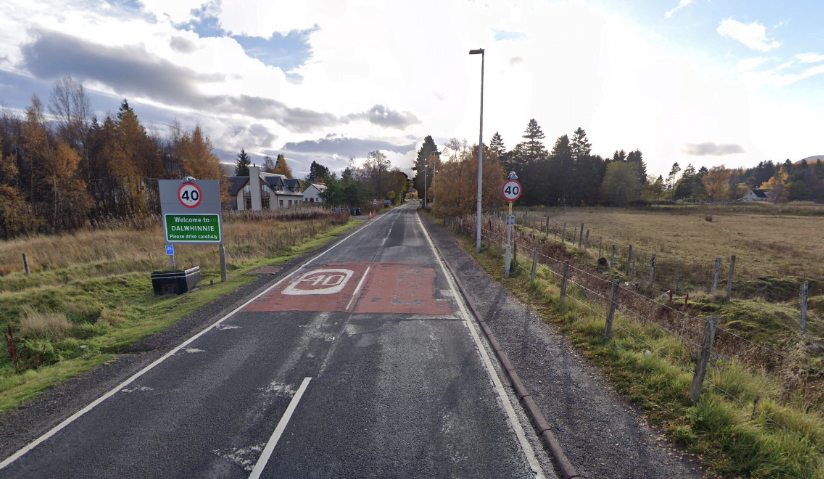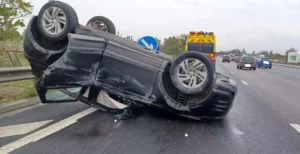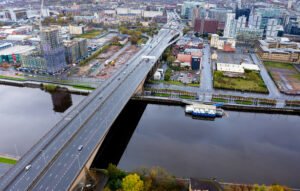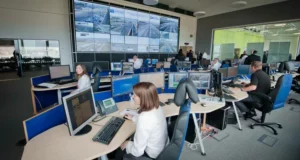The A889 through the village of Dalwhinnie is set to become the first trunk road in the UK to be resurfaced using Smooth Ride technology, a new method typically utilised on airfields. The pioneering approach involves using lasers to scan the existing road surface in advance, allowing BEAR Scotland, operating on behalf of Transport Scotland, to optimise the resurfacing to achieve a more even road surface. This produces a smoother road surface, which can be difficult to achieve when resurfacing old roads, use less bituminous material and will help the drainage of water off the road.
The project, which will be undertaken by Breedon Trading Ltd on behalf of BEAR Scotland, gets underway from 7pm on Monday 30 September and will continue for twenty nights with all works due to be completed by 6am on the morning of Saturday 26 October. All surfacing works will be done between Sunday and Thursday nights, 7pm to 6am with road marking completing the project on the night of Friday 25 October. The road will fully re-open each day outwith working hours.
To ensure the safety of the workforce and road users, the road will be closed overnight between the A9/A889 Dalwhinnie junction and the A889 Crubenmore Junction just north of the railway bridge and Dalwhinnie Distillery.
Operatives will be positioned at each end of the work site to safely escort residents and visitors to their destination within Dalwhinnie through the live works zone where surfacing will be taking place. In addition there will be signs at accesses and junctions with a phone number to ring for residents and customers leaving Dalwhinnie so that an operative can escort road users safely out of the site.
Ian Stewart, BEAR Scotland’s North West Representative said: “This crucial surfacing project on the A889 through Dalwhinnie will fix existing defects and significantly enhance the driving experience for all road users.
“BEAR Scotland are excited to utilise Smooth Ride technology, a first for UK trunk roads. This process creates a more even road surface which will help drainage of the road in this location and reduce the amount of bituminous material used and therefore the carbon footprint. The trial will consider whether there would be benefits to using the system on future projects across the trunk road network.


























